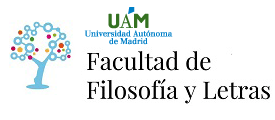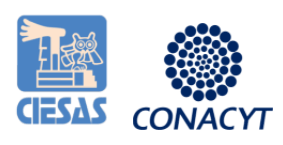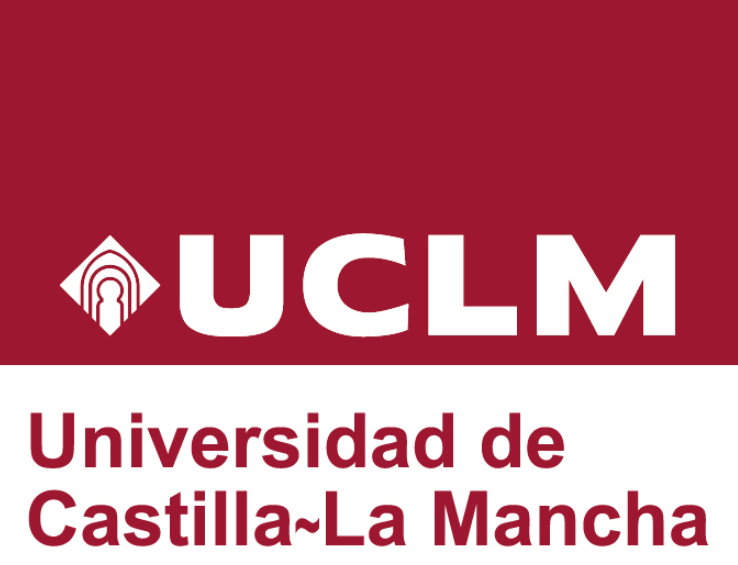THE TYRANNY OF THE COMMONS, A CRITICAL PERSPECTIVE FROM THE PERUVIAN ANDES
From as early as the beginning of the 20th century, rural communities of the Andes, or ayllu, have appeared to observers as an ideal of collective organization, a model of “archaic socialism” (Mariátegui 1928, Godelier 1973). Those ideas led the Peruvian revolutionary government of Velasco Alvarado to legislate a jural status for these communities in 1970 that officially recognized the collective status of land property rights. For the reformers, this decision was a way to respect the cultural and social orientations of the rural population. Though this special status has been maintained, in the past two decades the neo-liberal policies of the Peruvian government have weakened it, leading to strong reactions from the peasants (campesinos) indicative of just how attached rural peasants are to this institution. Nowadays, with the success of the “buen vivir” (sumaq kawsay) both within the Andean countryside and beyond, the ayllu have again emerged as an ideal, especially in international arenas concerned for the conservation of the environment. After the work of Elinor Ostrom (1990), the community based development is often cited as a model of reference by groups like the Convention on Biological Diversity and the World Bank (Ostrom 1990). My talk analyzes the consequences of the political importance given to the commons on the daily life of peasants. I focus in particular on the influence of the agrarian reform on the contemporary social organization of ayllu/communities, and on the local effects of biodiversity conservation programs. Ethnographic data come from fieldwork realized in different communities of the sacred valley of the Inca (Calca, Pisac), near Cusco in the Peruvian Andes.
(*)El autor o autora no ha asociado ningún archivo a este artículo









